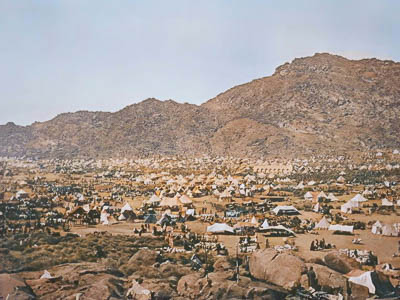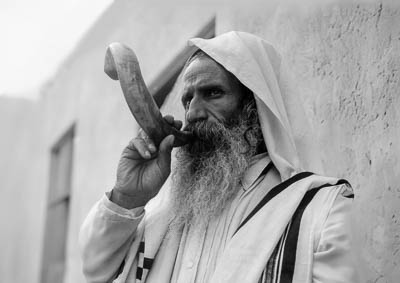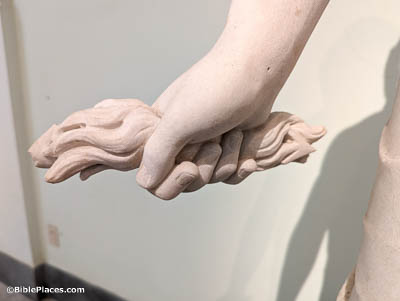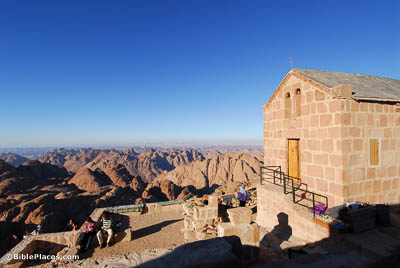On the same day they came into the wilderness of Sinai (Exodus 19:1)
The location of St. Catherine’s Monastery on Jebel Musa is the main reason for identifying this mountain with Mount Sinai. This monastery was built over what was alleged to be the location of the burning bush, though it is hardly believable that this bush survived and could still be identified nearly two thousand years after the time of Moses. It is more likely that a tradition about the location of Mount Sinai survived over time.





